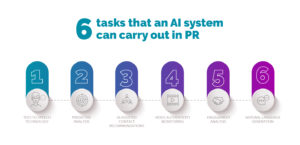Micro-influencers and UGC content generators: Key elements in the marketing strategy

In recent years, the advancement of technology has offered new possibilities for digital marketing, and it is undeniable that digital nano and micro influencers have been gaining more and more space in the market. Micro-influencers are profiles that have between 10 and 100 thousand followers and subscribers on their channels or social networks. Generally, these profiles have a higher engagement rate than the big influencers, who have millions of followers.

This growth has to do with the relevance they have in consumer purchasing decisions. But you may wonder: why can an influencer with fewer followers have an impact on the work of another with millions of followers? And the answer is this: the lack of fame of nano and micro influencers is their biggest advantage, since it makes them more accessible than influencers with millions of followers. In other words, when these characters recommend any product or service on Instagram, their words seem as true as a friend’s advice.
What other advantages do these kinds of influencers have? Higher engagement rates compared to macro influencers. Their rates are cheaper, and they tend to accept products in exchange for their disclosure, they also have a greater commitment to their followers. But this doesn’t mean that big influencers aren’t worth investing in, as brands choose to hire mega-influencers and celebrities when the main goal of the campaign is to reach a broader audience and build brand awareness.

UGC (User Generated Content) are the comments, articles, opinions and reviews made by consumers. It is all content generated by the user of a brand, and not by the company, suppliers, partners or influencers. Other types of media are also considered UGC, such as photos, videos, and reviews. What characterizes this type of content is the spontaneity that the user has to expose their experience with a product or service of a certain brand.
However, as simple as it sounds, this is a whole new topic for businesses in the digital age as they want to explore this more and more. Thanks to the Internet, each consumer is also a creator and distributor; so no matter the scale, Internet users always influence the minds of friends, family, and followers. This is an immense power that companies quickly identified as an opportunity, because it stems from two big habits customers have online: they like to share the experiences they love, and they like to be the first to bring news to their circles of influence. Everyone wants to be cool and fashionable. When companies associate these experiences with their brands, they start to see people willing to produce content related to them. It’s an organic way to enter their lives while promoting a product or service.

From this perspective, micro influencers and UGC have similar roles in a digital marketing strategy: influencing potential consumers of a brand as if they were the best of friends.
A recent Hootsuite study revealed that 58% of Instagram users say they like it more when brands share spontaneous and natural content. And it makes sense, since potential customers know that in the case of ads, these are personalized to attract and engage. When we want to know about a product, we look for reviews and opinions, we ask people we trust. By having a user-generated content strategy by constantly feeding this type of material, you will create authority and value in the marketplace.
By generating content, users also provide insights into their buying process and experience. Also, they are engaged and likely to answer more questions. Therefore, it is essential to use user-generated content to better understand the audience and their expectations. From there, Business Intelligence can be used to modify and adapt all aspects of a great content marketing strategy.

A great and efficient strategy that we are seeing in the market lately is to use content generated by users or micro influencers in the form of paid digital advertising. This type of social engagement will be crucial so that your advertising is not ignored as another distant advertisement.
User-generated content and nano-influencer content have a lot of benefits for your paid media strategy, let’s look at the 5 most relevant advantages below:

Facebook uses a tool called relevance score, which basically ensures that the most compelling ads are shown to the most relevant people. This means that if your ad receives a high amount of interaction, it’s more likely to serve other people. It may even reduce the amount you pay because Facebook would rather offer relevant content at a lower price than irrelevant content at a higher price.

Your ads will appear more authentic and believable to potential buyers by using relevant content from real customers. This way you can increase your ROI by reaching the people who are most interested in what you offer, as opposed to those who would have clicked on an irrelevant ad just out of curiosity.
User-generated content can achieve great results. We are facing short videos and posts with a high viralization power throughout the Internet, therefore, it is to be expected that UGC can move mountains. And it works well when it is organic, can you imagine investing money in this same content?
By showing how others have benefited from your product or service, potential customers are more likely to trust your brand and take action. For one, UGC can help drive potential customers to your website or brand. When people see how satisfied existing customers are with a product or service, it encourages them to take action and buy the product or use a service themselves.
Sharing user-generated content with ads on social media tends to reach more people. If you’re segmenting your audiences, you need to leverage user-generated content to satisfy the prospect’s desire. This can help you reach a broader audience, as people are more likely to engage with your content if it comes from real people who have found success using your product or service.
UGC and actions with nano / micro influencers generate great returns, compared to low investment actions. This can be adopted as a strategy in all the pillars of digital marketing, from branding to content production. Therefore, it is key to implement strategies that show the consumer of the brand that you are open to knowing their opinion and show the public that your content is very valuable.
Including the presence of influencers in marketing campaigns will help your brand generate engagement with your target audience, create closer and more natural content, and generate conversion. Like any action, it must be done based on a perfectly defined strategy. At Isource Marketing we can find support and expert advice on this matter. We work with influencers of all sizes so that you can develop the best strategy for your market.







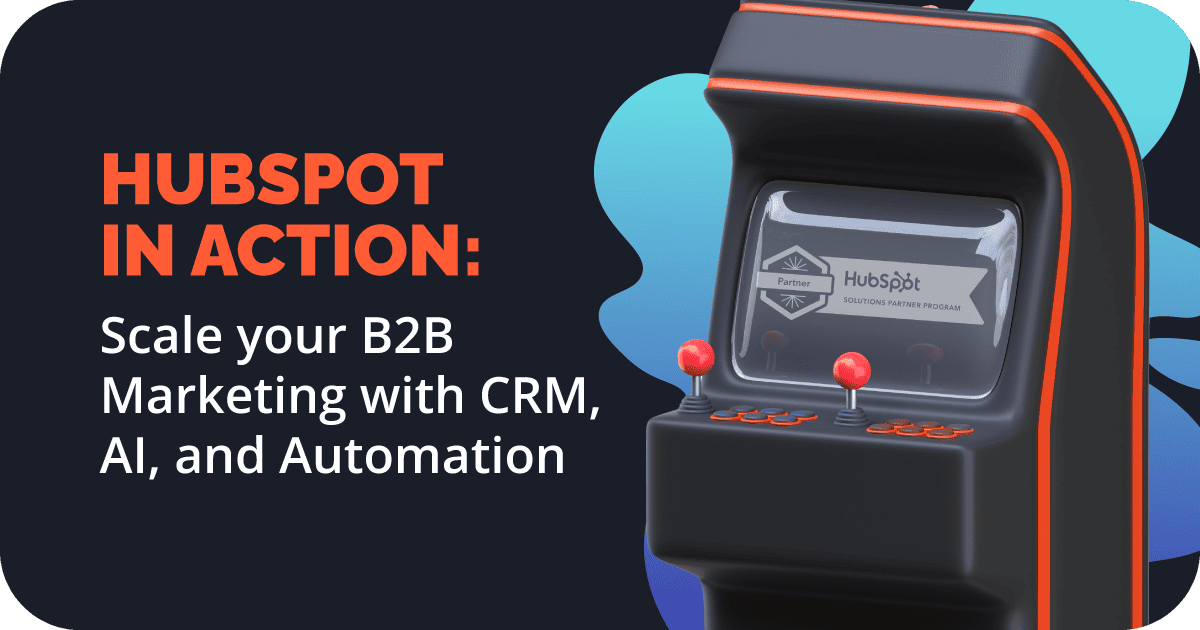





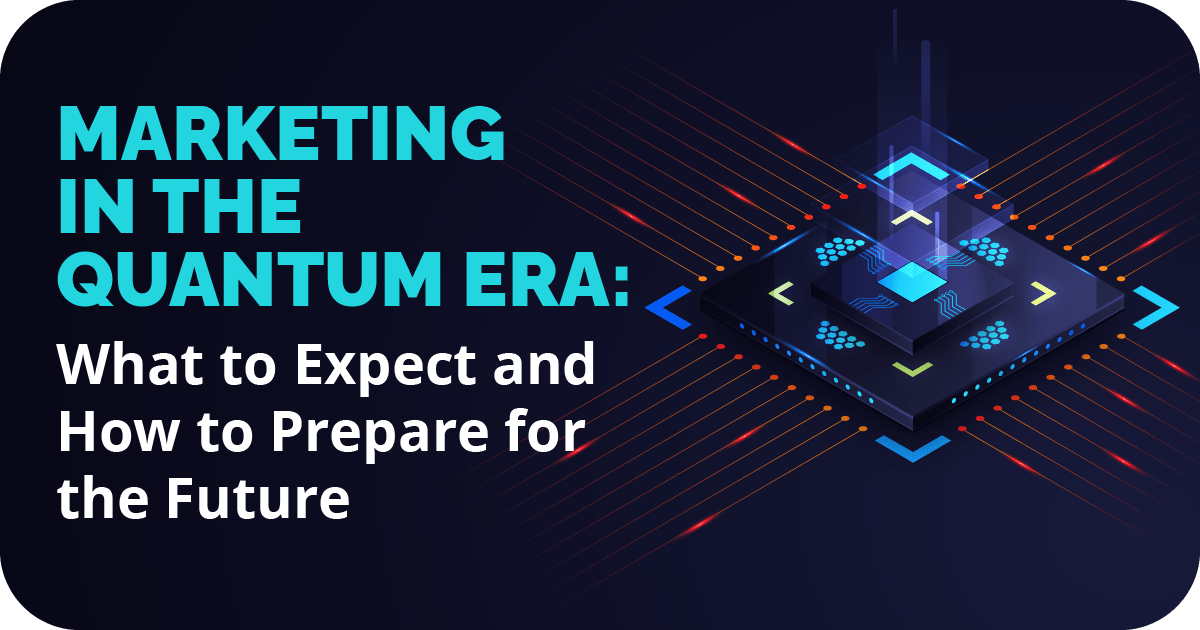
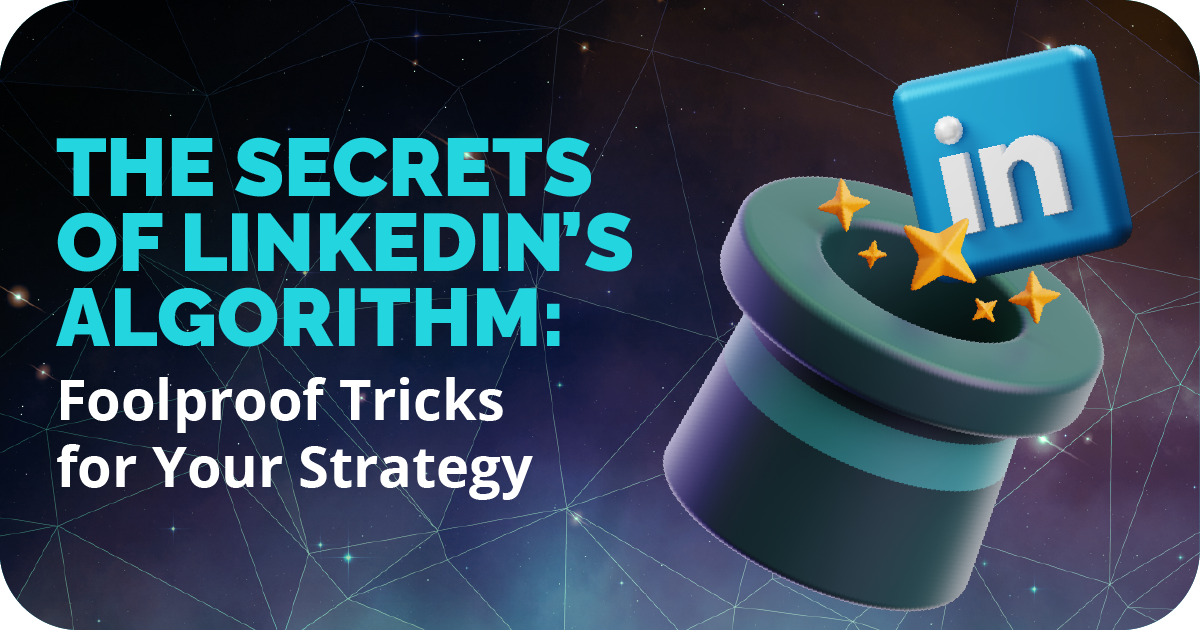






























 During the most critical times of the pandemic, we were faced with the absence of the “outfit of the day”, fashion events, incredible trips, and recommended hot spots. In such a frightening scenario, showing off the latest workout routine or skincare product did not make much sense. Influencers with millions of followers were called out for throwing parties in the midst of a pandemic, or for expressing anti-vaccine and anti-mask sentiments. As a result, they lost followers and, as every influencer fears, lost their contract with sponsors.
During the most critical times of the pandemic, we were faced with the absence of the “outfit of the day”, fashion events, incredible trips, and recommended hot spots. In such a frightening scenario, showing off the latest workout routine or skincare product did not make much sense. Influencers with millions of followers were called out for throwing parties in the midst of a pandemic, or for expressing anti-vaccine and anti-mask sentiments. As a result, they lost followers and, as every influencer fears, lost their contract with sponsors.

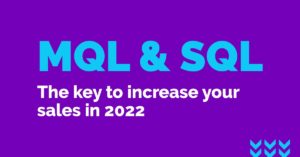 Lead generation is the basis of inbound marketing strategies (a commercial methodology that seeks to attract customers by creating valuable content.) However, not all leads are the same, and the path between the moment a user shares their data with us for the first time and the point at which they are ready to exercise the purchase action. For lead generation to work, it is essential to identify two stages in the process: Marketing Qualified Lead (MQL) and Sales Qualified Lead (SQL).
Lead generation is the basis of inbound marketing strategies (a commercial methodology that seeks to attract customers by creating valuable content.) However, not all leads are the same, and the path between the moment a user shares their data with us for the first time and the point at which they are ready to exercise the purchase action. For lead generation to work, it is essential to identify two stages in the process: Marketing Qualified Lead (MQL) and Sales Qualified Lead (SQL).

 As digital transformation advances, many companies are turning to Artificial Intelligence (AI) to streamline repetitive processes and become more efficient. Public relations (PR) does not avoid this reality, since more efficient and successful public relations campaigns may be created by making clever use of AI. According to a study by the CIPR (Chartered Institute of Public Relations), the use of this technology in PR will triple in the next five years.
As digital transformation advances, many companies are turning to Artificial Intelligence (AI) to streamline repetitive processes and become more efficient. Public relations (PR) does not avoid this reality, since more efficient and successful public relations campaigns may be created by making clever use of AI. According to a study by the CIPR (Chartered Institute of Public Relations), the use of this technology in PR will triple in the next five years.